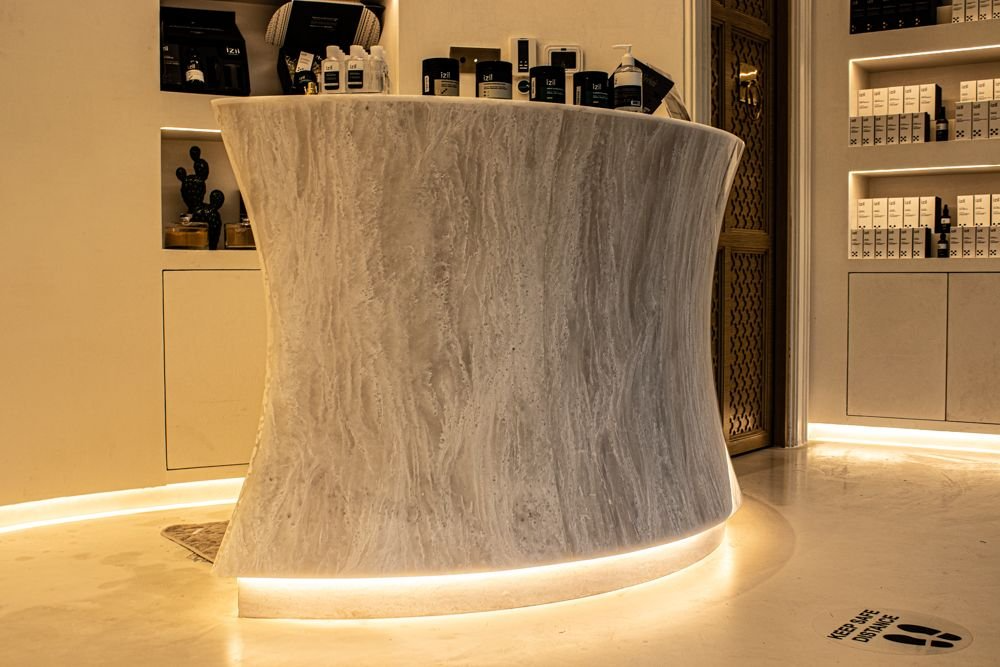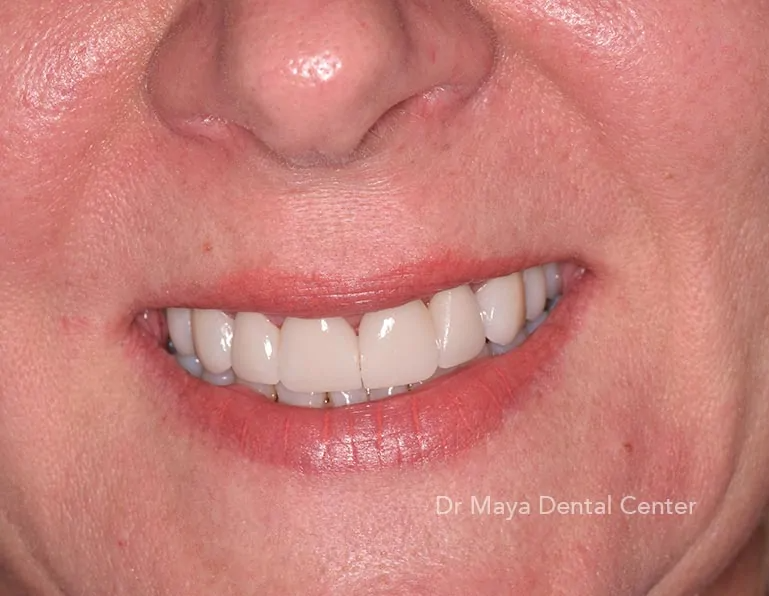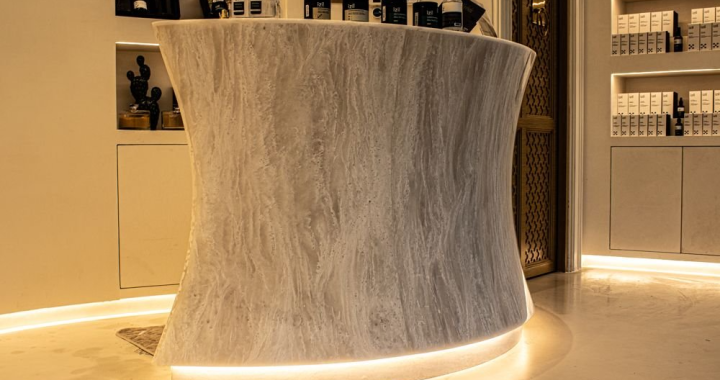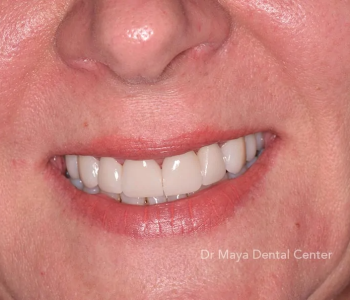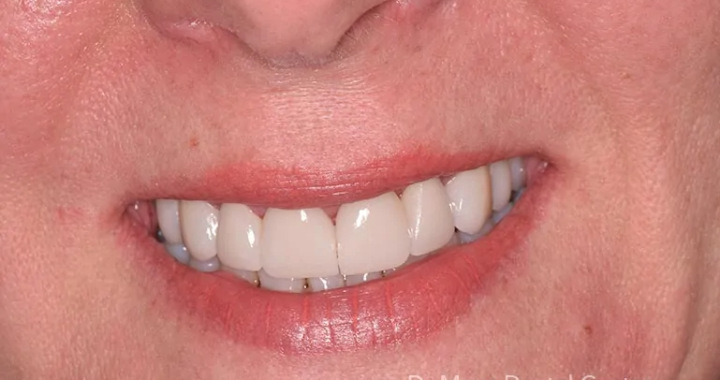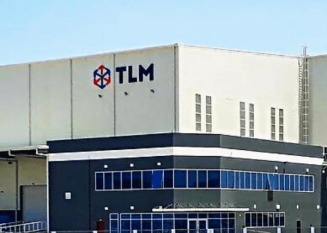Solid surface countertops are known for their durability, versatility, and aesthetic appeal. Proper maintenance is essential to preserve the beauty and functionality of these surfaces... Read More
The success of a retail business is intricately tied to the physical environment it provides to customers. A well-executed retail fit out is more than... Read More
In today’s digital age, technology has made its way into every aspect of our lives, including the kitchen. Incorporating smart technology into your kitchen renovation... Read More
Maintaining good oral hygiene is crucial for overall health and well-being. A healthy mouth not only contributes to a beautiful smile but also plays a... Read More
Mesotherapy is a versatile cosmetic procedure that offers a range of benefits for various skin and body concerns. This minimally invasive treatment involves the injection... Read More
The world of vaping is constantly evolving, with new and advanced devices hitting the market regularly. One category of devices that has gained significant popularity... Read More
Driving can be unpredictable, and unexpected situations can arise at any time. Being prepared and knowing how to handle challenging driving situations is crucial for... Read More
When it comes to printing, Canon is a name that is synonymous with quality, innovation, and reliability. Canon printers are trusted by professionals and enthusiasts... Read More
Fire safety is paramount in protecting lives, property, and the environment. Understanding and implementing the five fire safety principles provides a solid foundation for preventing... Read More
Helicopter sightseeing is an extraordinary way to explore the world’s hidden gems and discover breathtaking landscapes that are often inaccessible by other means of transportation.... Read More
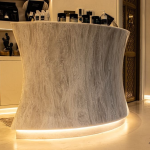 Solid Surface Countertop Maintenance 101
Solid Surface Countertop Maintenance 101  Important Considerations For Retail Fit Outs
Important Considerations For Retail Fit Outs 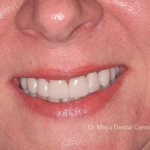 The Importance Of Oral Hygiene: A Guide To Dental Health
The Importance Of Oral Hygiene: A Guide To Dental Health  What Is Mesotherapy Used For?
What Is Mesotherapy Used For? 